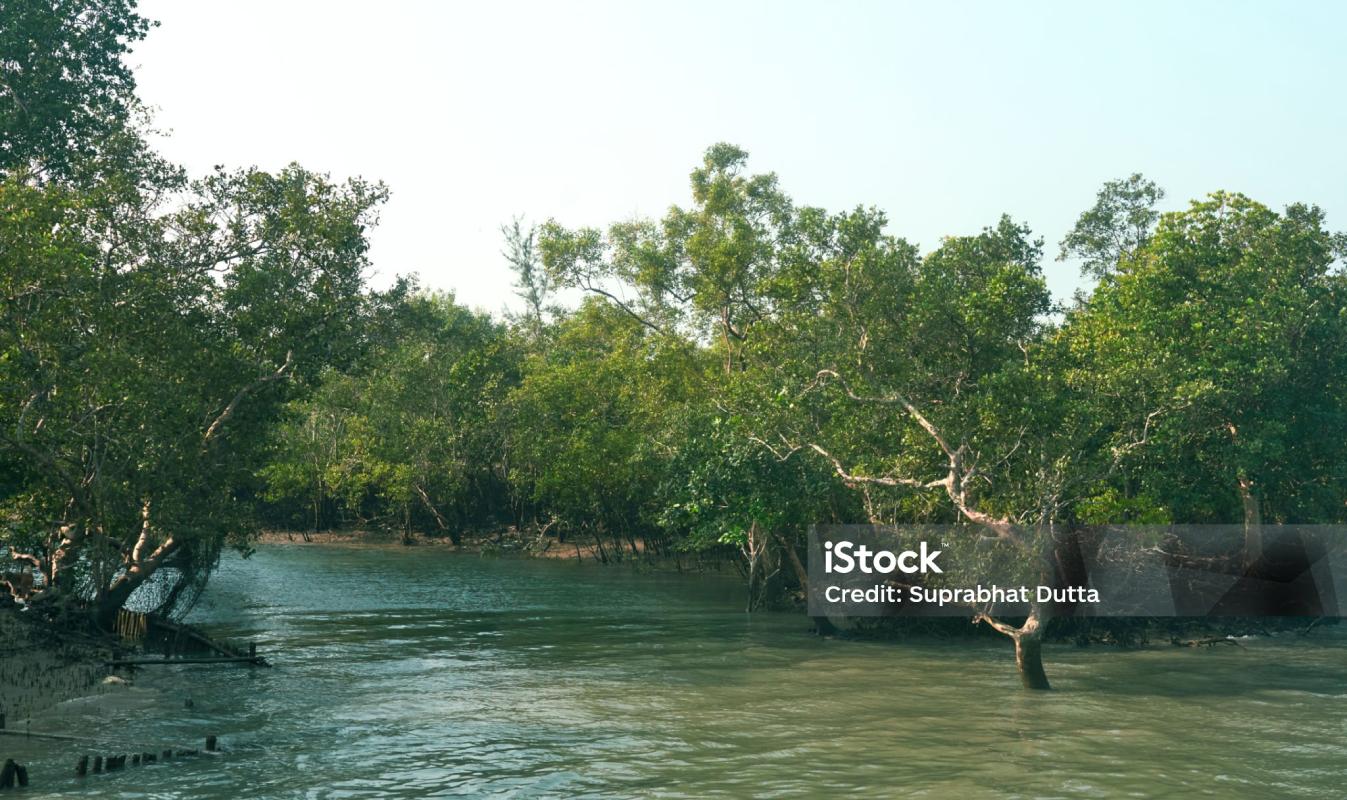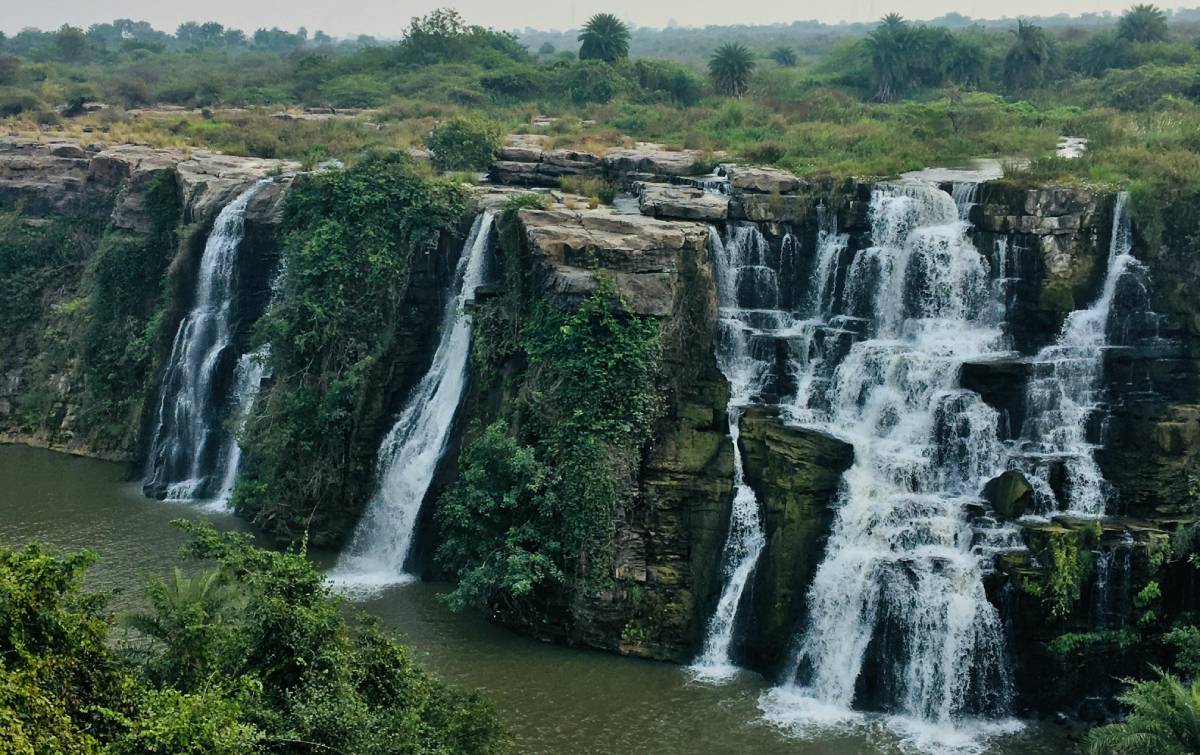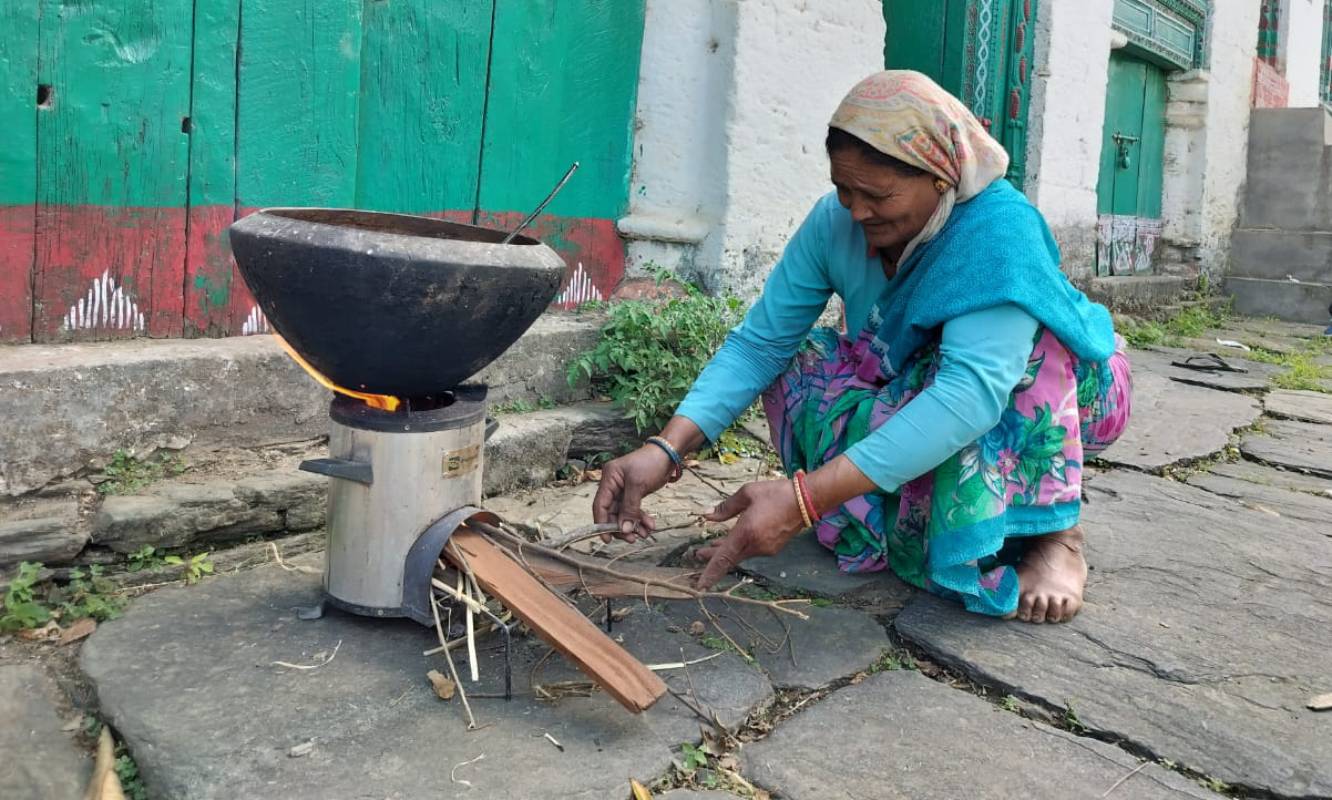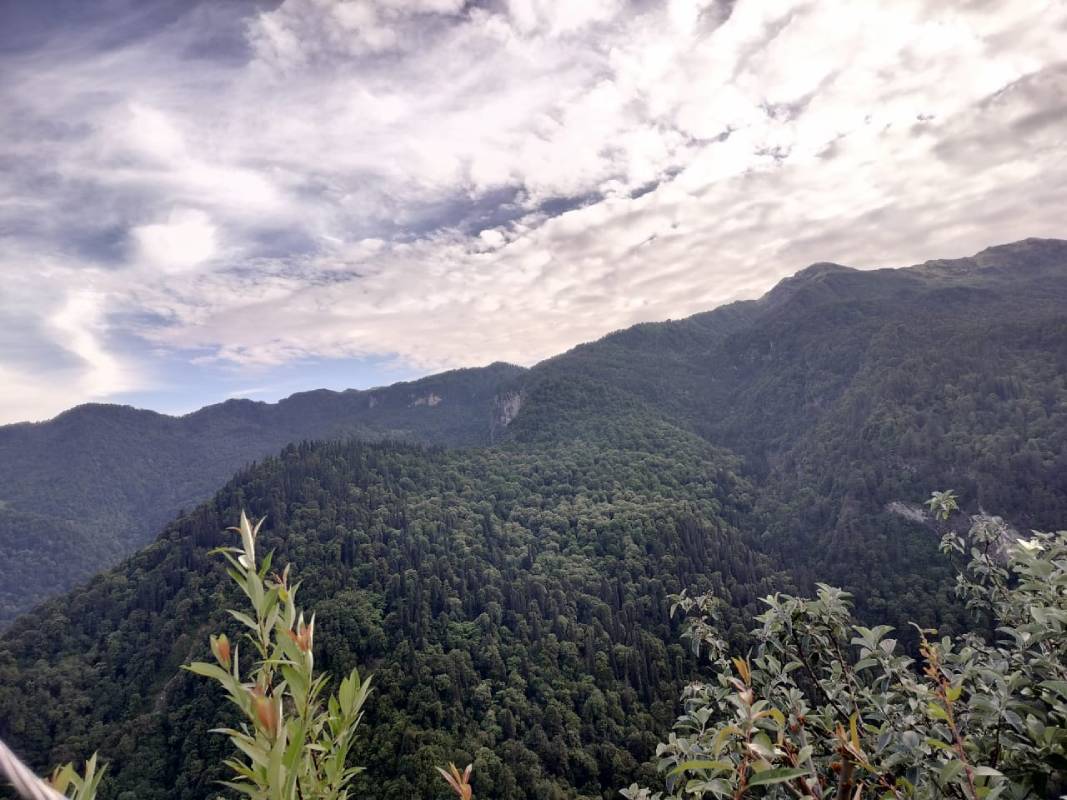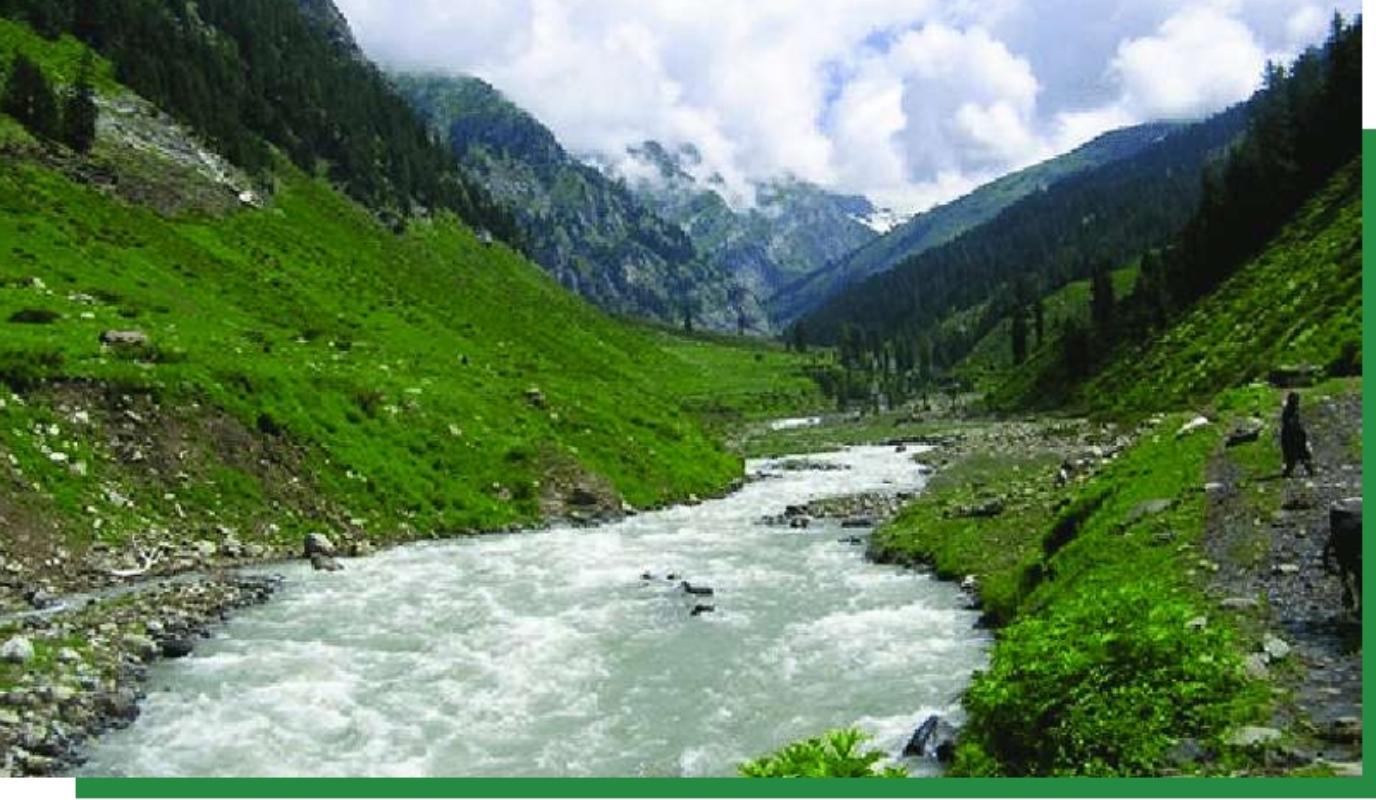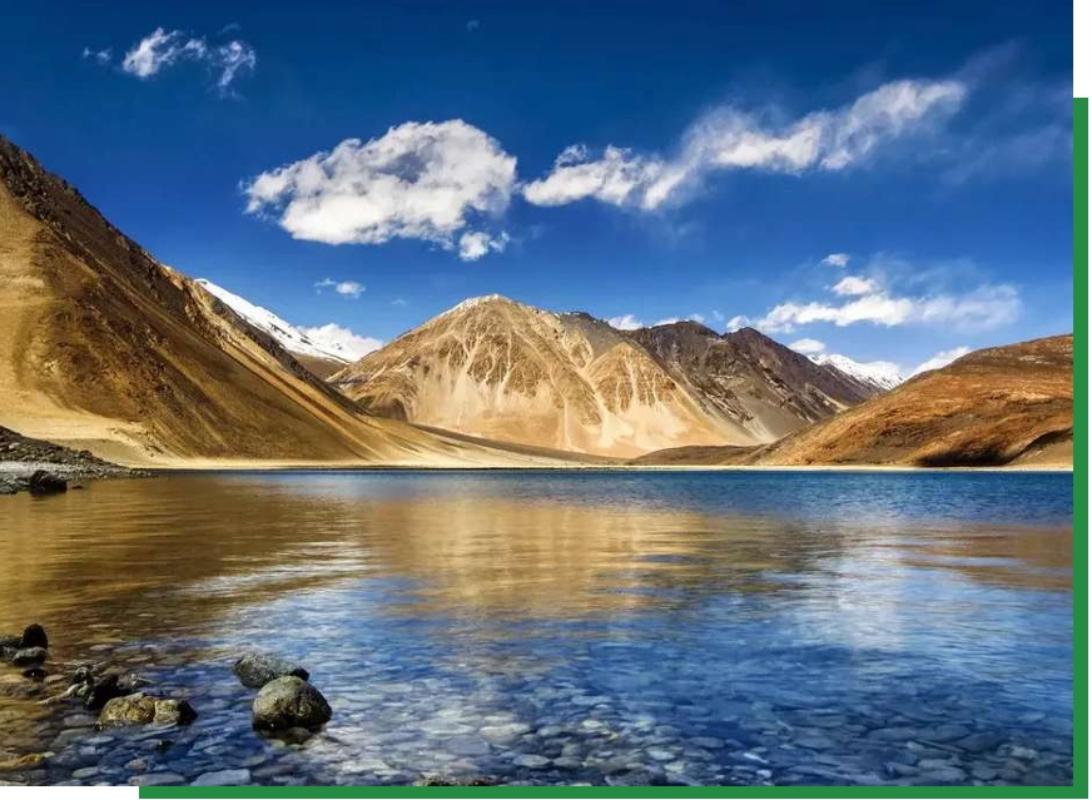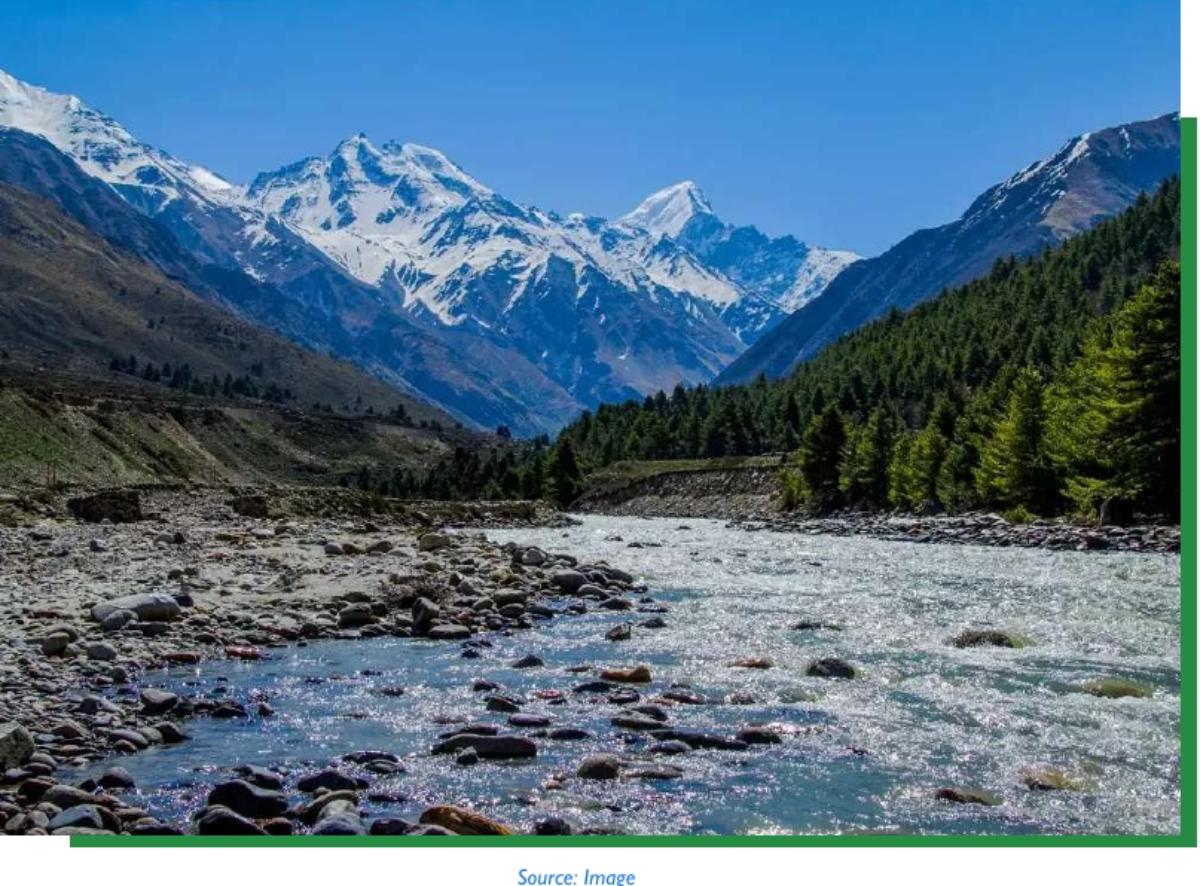Introduction
The Indian Sundarbans based on the eastern coast line of West Bengal are a World Heritage site with over 2226 species coexisting with 4.5 million inhabitants in 102 of its islands (Bhadra et al., 2018). Both wildlife and livestock co-exist with human beings.
This area was a jungle even 150 years ago and most of the people came as migrant labourer either for the British rulers or for the local Zamindars majority of them are now dependent on agriculture or allied activities for their livelihood. This region gets moderate rainfall between 1600 and 2000mm per year, concentrated in 84 to 90 rainy days per year, resulting in year-round fresh water shortages for residential and agricultural usage. All are suffering from moderate to severe dearth of drinking water. This is mainly due to over exploitation of the water resources in the region (Saha and Saha, 2020). In this area, community use shallow and deep tubewells to draw water from ground, most of which become inoperable due to drop in the groundwater table from winter months to summer months. Along with this water scarcity, salinity levels reach up to 16dS/m during the summer months from end of April to beginning of monsoon in early June (Burman et al., 2019).
Moreover, rainfall is very heavy, increasing the region’s vulnerability to tropical storms and tropical cyclones. . Additionally, Sundarbans is sinking as a result of alluvial soil settlement and rising sea levels, at a rate of 12mm per year since 2006 (Hazra et al., 2019). While the majority of people depend on agriculture, fishing, cattle-rearing, and non-timber forest product gathering, they face severe fresh water shortage and resort to groundwater extraction, exacerbated the water crisis throughout the summer and winter months.
In dry summer months with falling ground water tables, sea water intrusion occurs and at that time situation become even worse with the tropical cyclones which further worsen the access to drinking water. Now in recent times that pressure on land has further augmented with growing population. Further, this had increased the crop demand and as a result it impacted the ground water demand in a negative way.
The current practices of the farmers, excessive use of submersible water pumps, degraded the static ground water table by 15-45ft at places. This further limited the scope for any horticultural or agricultural crop cultivation during summer in the most of the parts of the region and created critical drinking water crisis starting from the month of February each year.
Fresh water supply is limited due to concentrated monsoonal rainfall, thus failing meet year-round fresh water demand for crops in the region. As a result, ground water abstraction became a regular practice by the farmers leading to severe water crisis during summer time.
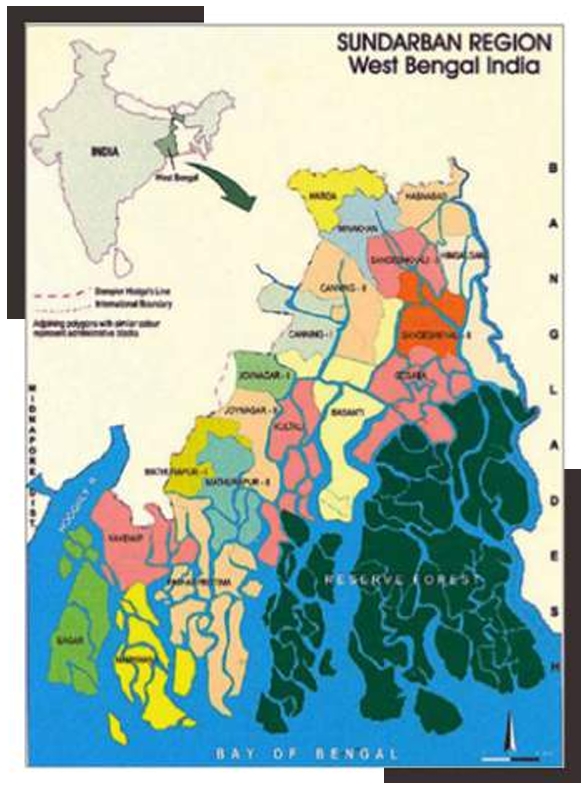
Figure 1. Indian Sundarban
Key points on water situation in Indian Sundarban
- Around 80% of total annual rainfall in Sundarbans falls during the south–west monsoon season, providing sufficient water for Kharif rice cultivation;
- For many years, community residents have perceived a delay in the onset of the south–west monsoon, as well as a decrease in monsoon rainfall and warmer temperatures, all of which have a detrimental effect on agriculture and community life.
- Farmers in the area have been draining groundwater to irrigate land for the production of a second season of rice known as Boro rice, which they plant in the winter and harvest in the hot summer months, lowering the water table and limiting household users’ access to water;
- When combined with declining trends in freshwater availability and a rise in water and soil salinity, this man-made strain on the groundwater supply results in what people refer to as a water crisis.
The Study
This research was conducted in collaboration with water users and other relevant stakeholders to get a better understanding of the water situation in the Indian Sundarbans, both quantitatively and qualitatively (over a period of time per se). The methodology used was following the exploratory design and participatory in nature, in which the research team capacitated community to use and barefoot hydrologist didis were used selected handheld data collection devices such as salinometers, GPS devices, and field kits to test for bacterial contamination in order to establish the relationship between surface and ground water disconnections, as well as the relationship between water abstraction and water quality (both surface and groundwater) parameters collected in the field by barefoot hydrogeologists as part of our exploratory research design utilising a participatory groundwater management approach. We argue that our empirical findings demonstrate that BFGs have been implemented with adequate consideration of (1) the static ground water table and its relationship to surface water uses, and (2) the ‘overexploitation’ effect on groundwater, such as a reduced static ground water table and an increase in salinity over time, as evidence of how ground water quality can be impacted over time as a result of water table degeneration.
Aquifer Characteristics of Sundarban
The accumulation and movement of groundwater is a function of two basic ‘hydrogeological’ properties of rocks – the porosity and the hydraulic conductivity (commonly referred to as permeability). In simple terms, the porosity and hydraulic conductivity are properties of rocks, properties that broadly indicate the porous and permeable aspects of the rock. On the other hand, when aquifers are identified and described, it becomes necessary to gauge the storage capacity and the transmission capability of an aquifer. The coefficient of storage (storativity) and transmissivity define the storage and transmission functions (capacities) of an aquifer. Pumping tests constitute the most straightforward methodology for estimating the storativity and transmissivity of aquifers.
In order to understand that pumping tests were performed on pre-selected tube wells to obtain estimates of T and S values to gauge aquifer properties, understand their variability across and within aquifers While conducting systematic long-duration pumping tests is extremely challenging in areas where there is perpetual groundwater pumping, farmers in the villages co-operated enough to make this possible. However, much as one would have liked, not all pumping tests could be conducted for equal durations. PRASARI used its own automated water-level loggers (pressure sensors) to record water levels during each test; discharge rates were measured according to PRASARI’s standard pumping test protocol.
The data obtained from pumping tests was used to calculate the aquifer parameters and the specific capacity of individual wells. Various methods of analysing pumping test data are available. The purpose of conducting pumping tests, in this case, was not to arrive at very precise estimates of T and S, but to make a good comparison of these values across the study area. Three methods were used to estimate aquifer and well characteristics. The Cooper-Jacob method (1964) was used to estimate T and S.
PRASARI has conducted many pumping tests in the area to ascertain aquifer parameters like transmissivity and storativity. Table below summarises these estimates by providing ranges of values (where they tend to vary) or specific values. Aquifer is showing good transmissivity (273 – 308m2/day); which means, the aquifer can release water to wells at this rate across a unit cross sectional area per unit time and storativity indicates that the aquifer can store 10.5% water out of its total volume.
| Transmissivity (m2/day) | Storativity |
| 273 – 308 | 0.105 |
Socio-hydrogeology of Indian Sundarban
Korakati GP area consisting of three revenue villages of Korakati, Tushkhali and Duchnikhali is part of the Sandeshkhali II block of 24 North Parganas district of West Bengal. The hamlet has been chosen for convergence of different government programmes for beneficiaries consisting of tribal people from the area. This community has also been chosen for the Participatory Groundwater Management activities in the region to understand problems related to groundwater and water in general, research local hydrogeology, monitor rainfall and chosen tube-wells from the area to understand groundwater movement and map aquifers and perform water quality testing. The goal underlying all these efforts is to arrive at an educated knowledge of groundwater dependence and issues in the community and come up with a management plan targeted at fair distribution of this common pool resource and guaranteeing sustainability of the same.
The comprehensive survey was performed by the team members of PRASARI and the local community resource people and the main data was gathered. From the FGDs that PRASARI organized in the community identified how the frequency of deep tube-wells (DTWs) has increased since the beginning of the new millennium and how the frequency of Shallow Tube-wells (STWs) declined in that period.
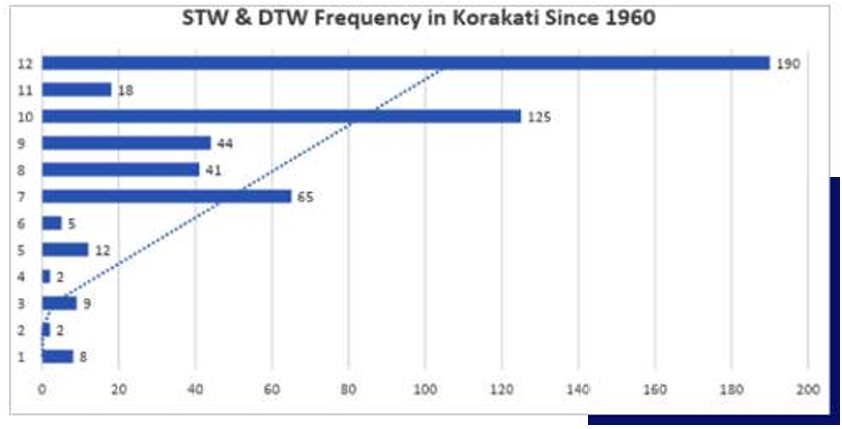
Figure 2. Participatory mapping of Irrigation Tube-wells
The graph depicts the increasing trend of shallow and deep tube-wells in the Gram Panchayat area for crop cultivation as well as for drinking water purposes. It can be observed that about 190 tube-wells were constructed for this purpose from 2011-2020 while the percentage of DTWs are on the rise. This rate of development is alarming and poses a threat to the local water security since both the uses predominantly source water from a single aquifer system i.e., the 340-420 feet aquifer. The members of the community reported hand-pumps from this depth going dry during summer as shown in the above-mentioned figure.
Detailed interview with some farmers was conducted during our interaction through a semi structured interview schedule. It was informed that the irrigation tube-wells are being pumped for a period of 3 months from January to April mostly for cultivation of rice which is the dominant crop grown in the area. The tube-wells are pumped for 10-12 hours daily, which amounts to about 1000-1200 hours of pumping from a single such tube-well. Nowadays good quality submersible pumps are set at the depth of 350-420ft depth in order to harvest water from the second or third aquifer. These are electric pump-sets and waters were often shared between farmers at an agreed price (1200/- per bigha of Boro paddy cultivation).
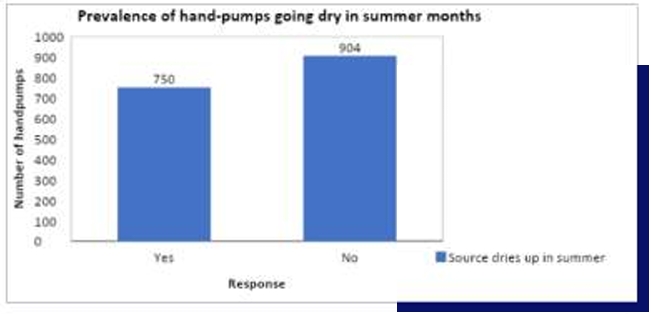
Figure 3. Participatory mapping of hand pumps gone dry in the summer months
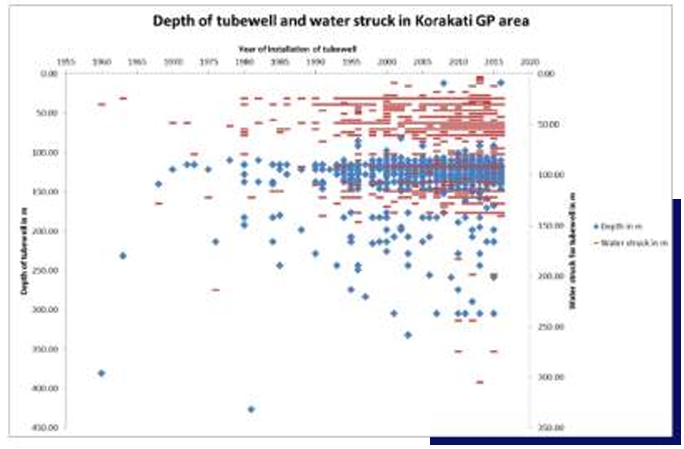
Figure 4. Depth of tube-well in the study area
Groundwater Development in Korakati GP area
Above figure depicts the development of groundwater in Korakati Gram panchayat. It is evident from the graph that there has been tremendous development of groundwater sources in the last decade and a half. This development has mostly been privately sourced. Many of these sources are being increasingly used for irrigation purposes.
Drinking water situation
Groundwater is used extensively in the region for drinking and household purposes. During one conversation, it was estimated that the Gram Panchayat had between 1500 and 1800 private tube wells and about 200 government tube wells. There are no dug-wells in the immediate vicinity. One of the explanations given by the residents was that the water at shallow depths is salty and there- fore unfit for human consumption. Nonetheless, ponds may be found throughout the Gram Panchayat territory. Because the water in these ponds is salty, it is not suitable for drinking but is utilised for other household purposes. People do not treat tube-well water prior to consuming it, and therefore consider it to be of high quality. Gram Panchayats are in poor health when it comes to sanitation. Only 35-40% of homes in the Gram Panchayat have access to toilets, and many of them are seldom or completely inoperative. However, the Gram Panchayat was declared as Nirmal Panchayat years back.
In one of the Mouza (revenue village) Korakati, a ‘Jal Swapna’ under Public Health Engineering Department’s water supply system was built in 2018 at 1300-1400ft depth by boring which supplies domestic water to the Mouza’s individual homes and clusters through pipe water supply. Most of the homes are now fetching water from the taps but also maintaining irrigation and drinking water tube-wells as alternative sources for natural calamity.
Agriculture water situation
Tube-well reliance for drinking water is being questioned as more tube-wells are being sourced for agricultural reasons. Paddy is the area’s only crop. It is consumed twice a year, during the monsoon and throughout the winter. Winter paddy, on the other hand, needs considerable irrigation, which is provided by these tube-wells. These tube-wells are equipped with three- to five-horsepower pumps. Centrifugal pumps are utilised, not submersible pumps. There are about 500 tube-wells being utilised for irrigation reasons at the moment, according to information gleaned from local conversations. In the hamlet, feeder separation has been accomplished, and an irrigation power schedule is being followed. While the area under winter rice cultivation is restricted at the moment, an increasing number of individuals are installing shallow tube wells in order to grow an irrigated winter crop. According to reports, the Tushkhali Mouza has the most irrigation infrastructure among the three revenue villages.
The region’s perceived groundwater issue is the depletion of water in these tube wells from February to March each year during the last several years. The rise in area under winter agriculture, the growth in the number of tube wells, and the reduction in rainfall are cited as causes for the region’s groundwater depletion. The area’s in-situ water quality is poor; salinity and total dissolved solids levels are slightly over the permitted range. Additionally, the iron content exceeds acceptable limits in a variety of hand pumps and tube-wells.
Ground Water Scenario of the study area
| Revenue village | GW Dependence | GW occurrence Depth levels | GW related issues |
| Duchnikhali | Irrigation + Drinking water | 1200 ft, 600 ft, 400 ft | Drying up of tube wells during summer months |
| Tushkhali | Irrigation + Drinking water | 1150 ft, 600 ft | River embankment, GW competition |
| Korakati | Drinking water | 450 ft | No issues reported |
|
Ground Water Balance |
|||
| Order | Particular | Year | |
| A | Year of calculation | 2021-22 | |
| B | Potential aquifer storage | 3465 mm | |
| C | Actual aquifer storage | 2100 mm | |
| D | Total groundwater abstraction through pumping | 408,25,920 Cum | |
To get a quantitative knowledge of aquifers, both the inputs (recharge) and outputs (discharge) from the aquifer must be quantified (Harvey et al., 1995). Due to the fact that assessing the ground- water balance of a restricted aquifer using the water level fluctuation technique is not feasible, additional variables such as aquifer storage and total groundwater abstraction have been calculated. Aquifer storage has been estimated using the aquifer’s thickness and storativity. The aquifer’s storativity value was determined via pumping tests. There is a significant gap between potential and likely aquifer storage, which may be closed by expanding groundwater augmentation initiatives.
Projected Outcome from ASR
Cooper Jacob expression used to calculate groundwater mounding over a 100 day injection period in Indian Sundarbans and the following graph was generated for different Q value and injection rate.
Range was taken between: 0.1 to 2.3 l/sec
Preferred values of T (Transmissivity) & S (Storativity): 
T = 200 m2/day; S = 0.0001
Max Pumping Rate (Q): 2 l/sec; 10 m3/day
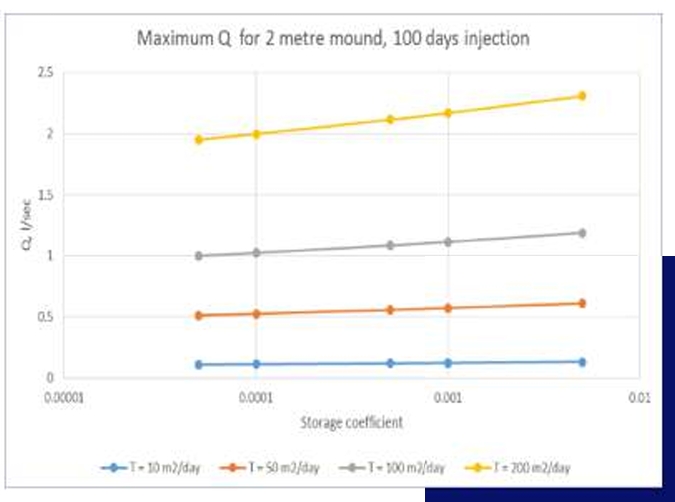
Figure 6. Injection rate at different depth in the ground of Indian Sundarbans
Aquifer Storage and Recovery System
Aquifer storage and recovery (ASR) is a way of managing water resources to meet existing and future freshwater demands. It is the direct injection of surface water supplies such as potable water, reclaimed water (i.e. rainwater), or creek water into an aquifer for later recovery and use.
In this case we are supposed to use the reclaimed water method and want to store it in the saline aquifers using the injection method and extraction through well. This rainwater ASR is supposed to help to keep the rainwater within an area. ASR water can be used for any purposes but in this project we are considering agricultural purposes only.
Simulated model of ASR for Indian Sundarbans
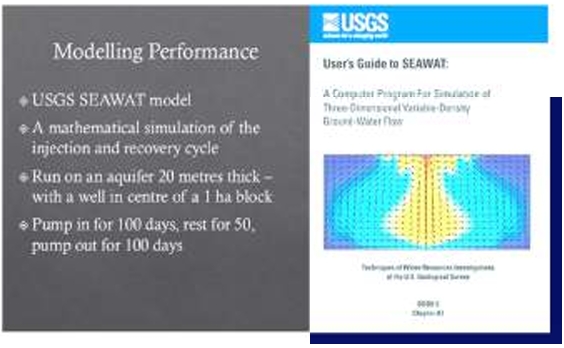
Modelling Performance of ASR in Indian Sundarbans
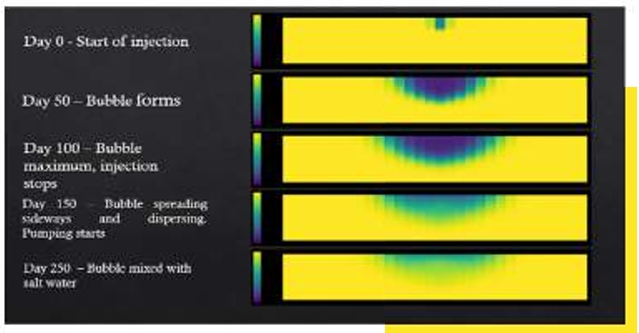
Is it feasible to implement ASR on Sundarbans?
Performance of an ASR system is complex and depends on aquifer properties, water qualities and fluid-rock interactions all of which can greatly affect ASR system performance. We’ve gone through following four stages:
- Conceptual modelling of aquifer system (developed through PGWM), quantifying depths and aquifer
- Project specific field data collection gathering data on the lithology and chemical isotopic analysis with purposive sampling considering salinity and depth into account. Analytical assessment for system operation using the data gathered in stage ‘i’ to confirm the feasibility the system as designed and test its sensitivity to range of aquifer properties with economic feasibility check.
- Numerical modelling- SEAWAT Model was used to simulate system performance over repetitive injection and abstraction cycles.
- As a result, in this study we have gathered as much lithology data possible to generate through first hand data collection method and validate the same through participatory aquifer storage and recovery management to run solute-transport groundwater modelling; required to predict how stored water will migrate over time, given different conditions and how saline aquifer properties will affect the quality of stored It has been well-demonstrated, by model generated using Jupyter Notebook (in python), that ASR systems can provide very large volumes of storage at a lesser cost than other options in Indian Sundarbans. The challenges moving forward are to field test the success of ASR systems, optimize system performance, and set expectations appropriately.
Conclusion
As a result of the participatory nature of the research it is revealed that ensuring participation is very crucial for successful understanding of the groundwater dynamics and planning activities for the same. In this connection a participatory data repository along with community data sharing platform was created with water users to regulate and maximize optimal use of freshwater. Simulated model on artificial recharge in this regard shows monsoonal rainfall in Indian Sundarbans was sufficient to generate alternative water source option for the region during summer and winter season.
References
Bhadra, T., Das, S., Hazra, S., & Barman, B. C. (2018). Assessing the demand, availability and accessibility of potable water in Indian Sundarban biosphere reserve area. Int J Recent Sci Res, 9(3), 25437-25.
Burman, D., Mondal, M. K., Khan, Z. H., Sutradhar, A. K., & Kamal, F. A. (2019). Soil and Water Resources of Sundarbans. In The Sundarbans: A Disaster-Prone Eco-Region (pp. 163-196). Spring- er, Cham.
Harvey, R. W., Kinner, N. E., Bunn, A., Macdonald, D., & Metge, D. (1995). Transport behavior of groundwater protozoa and protozoan-sized microspheres in sandy aquifer sediments. Applied and Environmental Microbiology, 61(1), 209-217.
Hazra, S., Bhadra, T., & Ray, S. S. (2019). Sustainable Water Resource Management in the Sundarban Biosphere Reserve, India. In Ground Water Development-Issues and Sustainable Solu- tions (pp. 147-157). Springer, Singapore.
Saha, S., & Saha, S. (2020). Toward Sustainable Conservation Plan for Fragile Ecosystem in Indian Sunderban. In Urban and Transit Planning (pp. 193-202). Springer, Cham

